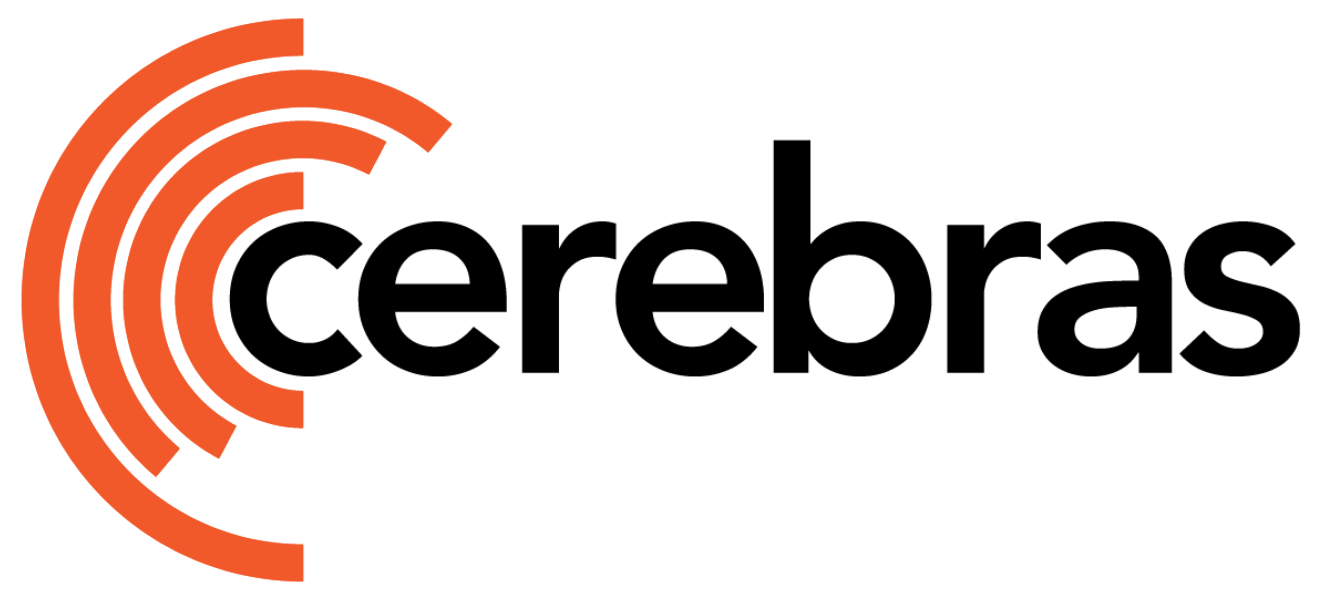model is the main Module that all training and validation is run on. It’s required by all Trainer instances.
Prerequisites
Read the Trainer Overview and Trainer Configuration Overview for a basic overview of how to run Model Zoo models.Configure the Model
Use themodel argument to set the model you’d like to train or validate.
When using YAML, pass all model subkeys as arguments to the model class. Your run script’s model_fn determines the model class.
In Python, you can specify the model in two ways:
- As a callable that takes no arguments and returns a
Module - As a
Modulethat the system uses directly
When passing a This approach automatically moves model parameters to the Cerebras device, optimizing memory usage and improving initialization speed. For more information, see Efficient weight initialization.
Module directly, initialize the model inside the Cerebras device context for optimal performance:
